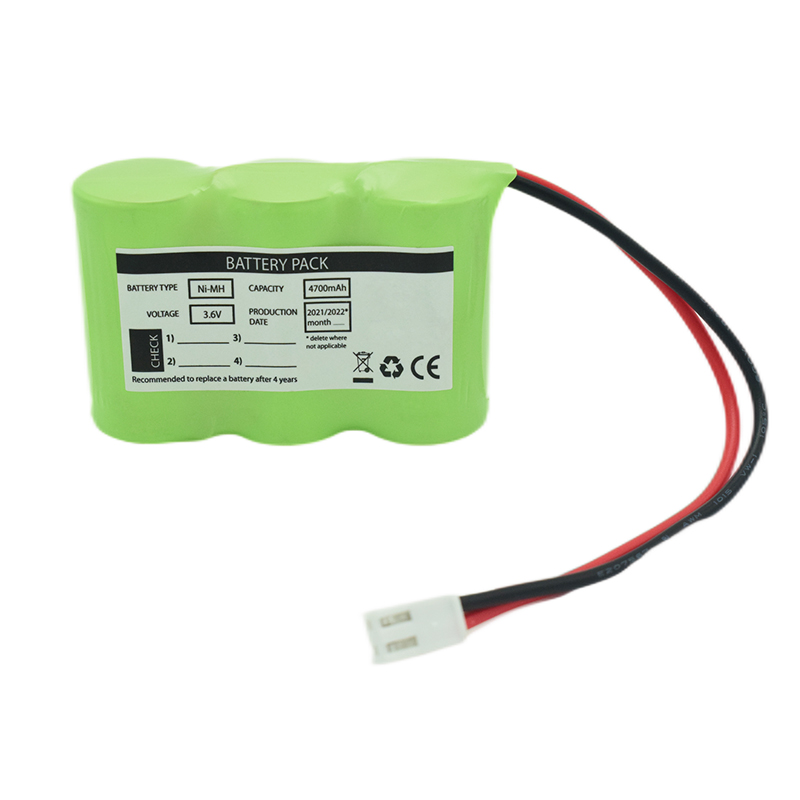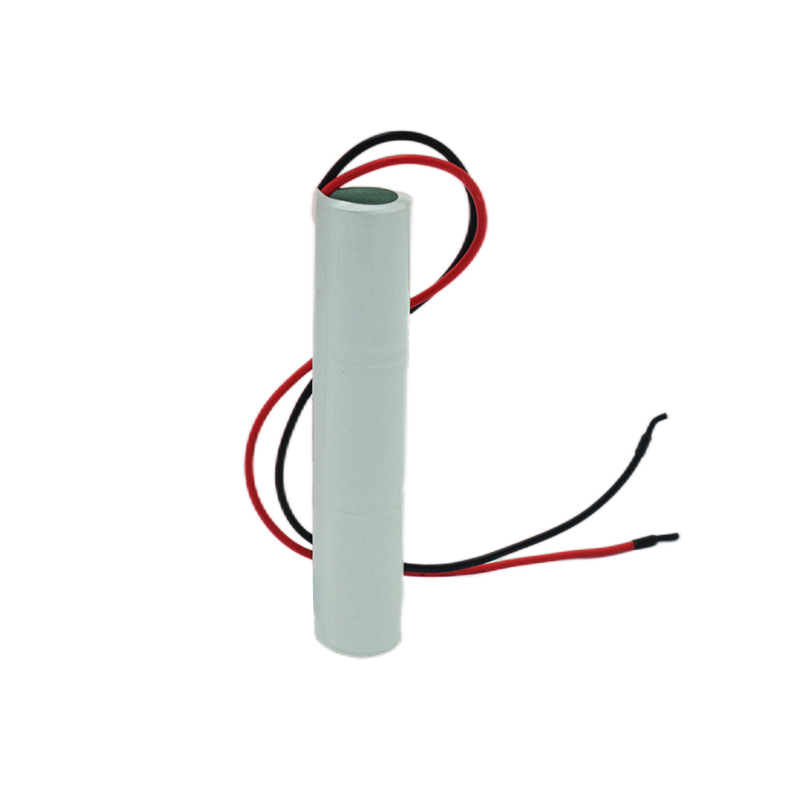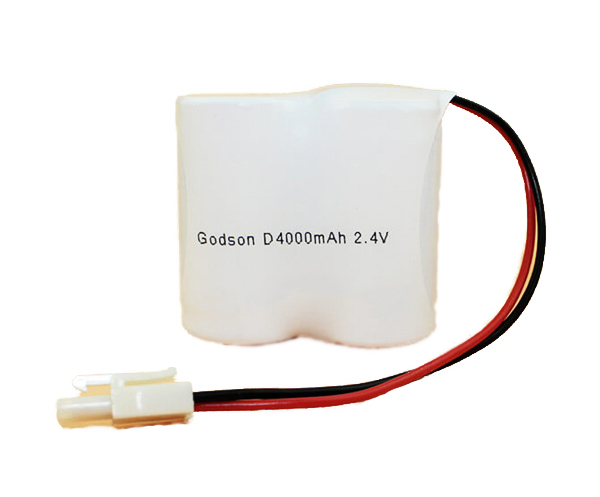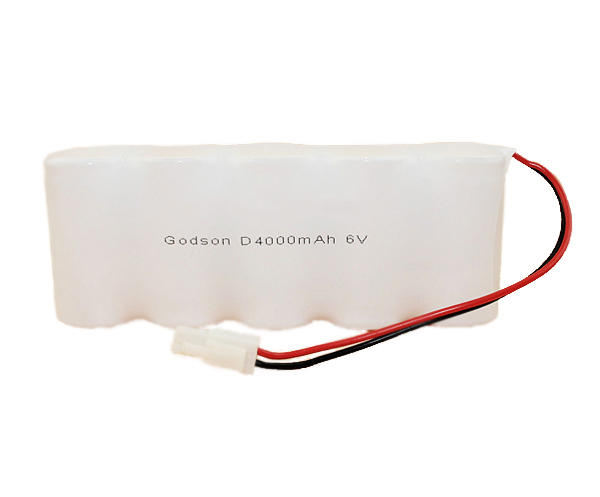We are often asked if it is safe to replace the original Ni-Cd batteries (also labeled Ni-Cad or NiCd ) with a newer higher capacity Ni-MH (also labeled NiMH) type as an upgrade, when the battery of the device is empty for users or when it is time to upgrade the electrical products manufactured for the factory. Take emergency lights for example: Emergency lights that used to have nickel-cadmium batteries generally had a longer lifespan. And NiMH batteries of the same physical size have 2 to 4 times the charge capacity of older NiCd batteries.
The official recommendation is to use only the same type of battery as the replacement. This is the safest way to ensure that the batteries are properly charged.
Of course, theoretically, if the voltage of the NiMH battery and NiCd battery is the same, it can be exchanged.
Nickel-cadmium batteries are characterized by low price, high-temperature resistance, and high current discharge, the disadvantages are low capacity and pollution, nickel-metal hydride batteries are characterized by high capacity, both power type and normal type, poor high-temperature resistance.
So, first of all, you need to understand how to use it, does it need to work at high temperatures? Does it need to be discharged at high power? And then consider whether it can be replaced.
We as a professional battery manufacturer , Always follow the battery and generator manufacturer's recommendations for battery maintenance and replacement. We can offer you longer life, safer, better installation, customised NiCd or NiMH batteries.
Get more batteries information
However, at your own risk, you can usually replace NiCd batteries with NiMH batteries because the capacity is much higher and therefore they can run longer between charges. The voltage is the same, so they will run the motor in exactly the same way. There are a few things to keep in mind about charging.
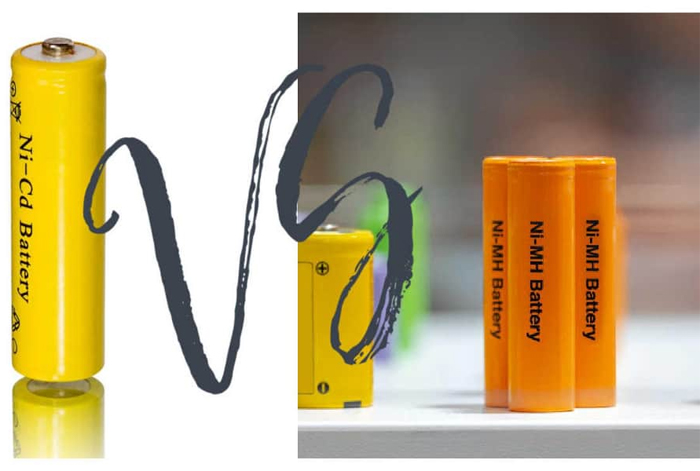
Know more about Ni-Cd batteries and Ni-MH batteries
Slow charging
If your device typically takes 12 to 24 hours to charge the original battery, then it has a slow charging circuit. This is the best case scenario for upgrading to Ni-MH, as you can remember to unplug and stop charging after this time. Any overcharging will be minimal and overheating will not normally occur at low currents. Don't let it charge perm anently between uses.
Fast charging
This is where the charging circuit typically takes 1 to 4 hours to charge the original battery and automatically shut down. Upgrading to NiMH batteries is more risky because the automatic shutdown of the high current charging circuit may not be triggered at the correct location on the NiMH battery. Due to the higher current, the battery may overhe at and expand. This remains valid as long as you remember to manually unplug and stop charging after the usual time, then at your own risk. However, it is safer to stick with NiCd batteries in this case.
Note also that if, for example, a newly installed NiMH battery has a capacity 2 times higher than the original NiCd battery, then it is theoretically possible to increase the constant current charge time by a factor of 2 to achieve a full charge. You will need to do your own calculations and schedule the charge time appropriately.
Overcharging
NiCd batteries handle better and repeated overcharging does not really affect NiCd batteries. The overall life of NiMH batteries will be shortened if they are overcharged repeatedly or for long periods of time. Allowing any kind of constant charging between uses will shorten their life.

NiCad vs NiMH Batteries
Nickel-cadmium (NiCad or NiCD) batteries
Nickel-cadmium (NiCad or NiCD) batteries are a useful solution for many applications. They consist of a nickel(III)-oxide hydroxide positive plate, a potassium hydroxide electrolyte, a cadmium negative plate and a diaphragm. The first NiCD battery was developed by a Swedish scientist in 1899 and many developments over the years have made these batteries more efficient and durable.
Nickel-cadmium batteries offer several advantages and are suitable for a wide range of applications.
Cheap
Fast charging
Easy to store and transport
Able to handle large numbers of chargers
Functions at low temperatures
These batteries are capable of withstanding high rate discharge applications and are commonly used in medical devices, electric shavers, toys, two-way radios, emergency lighting, power tools, and a variety of commercial and industrial products.
While these batteries have many advantages, they also have certain disadvantages. NiCd batteries are not as powerful as NiMH and other rechargeable batteries. They also have a tendency to self-discharge when stored. In addition, they contain certain toxic chemicals that make them less environmentally friendly than other rechargeable batteries. How ever, many applications rely on them for their convenience, economy, amperage load capacity, and ability to withstand extreme temperatures.
NiMH Batteries
Nickel-metal hydride (NiMH) batteries came later than nickel-cadmium batteries. After 20 years of research and development, NiMH batteries were completed in 1987. These batteries consist of a nickel hydroxide positive plate, a hydrogen ion negative plate, potassium hydroxide or other alkaline electrolyte, and a diaphragm. Nickel-metal hydride batteries have a higher capacity than nickel-cadmium batteries, so they can hold the ir charge longer. In addition, they are more environmentally friendly and do not suffer from the same memory effect as NiCd batteries, which means they remain fully charged with each use.
Advantages of nickel-metal hydride batteries
NiMH batteries offer several advantages, including:
Higher capacity compared to NiCd and other rechargeable batteries
Resistance to overcharging and over-discharging
Lightweight construction
Environmentally friendly
These advantages make NiMH batteries popular in many applications, especially consumer products. NiMH batteries are often used in medical devices, mobile phones, car batteries, digital cameras and camcorders, pagers and electric toothbrushes.
Like NiCd batteries, NiMH batteries have some disadvantages. They are more expensive than NiCd and other rechargeable batteries, and they tend to cut out abruptly rather than gradually. Like NiCd batteries, they tend to self-discharge quickly when stored, and some are only compatible with the manufacturer's charger. Despite these drawbacks, their increased capacity, light weight, and environmentally friendly design have made these batteries one of the most popular.
Keeping the differences between NiCD and NiMH batteries in mind, you can make the right choice for your application. Both types of batteries offer many advantages not found in other rechargeable and non-rechargeable batteries
For more information on our selection of batteries, including custom batteries to meet unique application requirements, contact us today to learn more and request a quote on any of our products.
